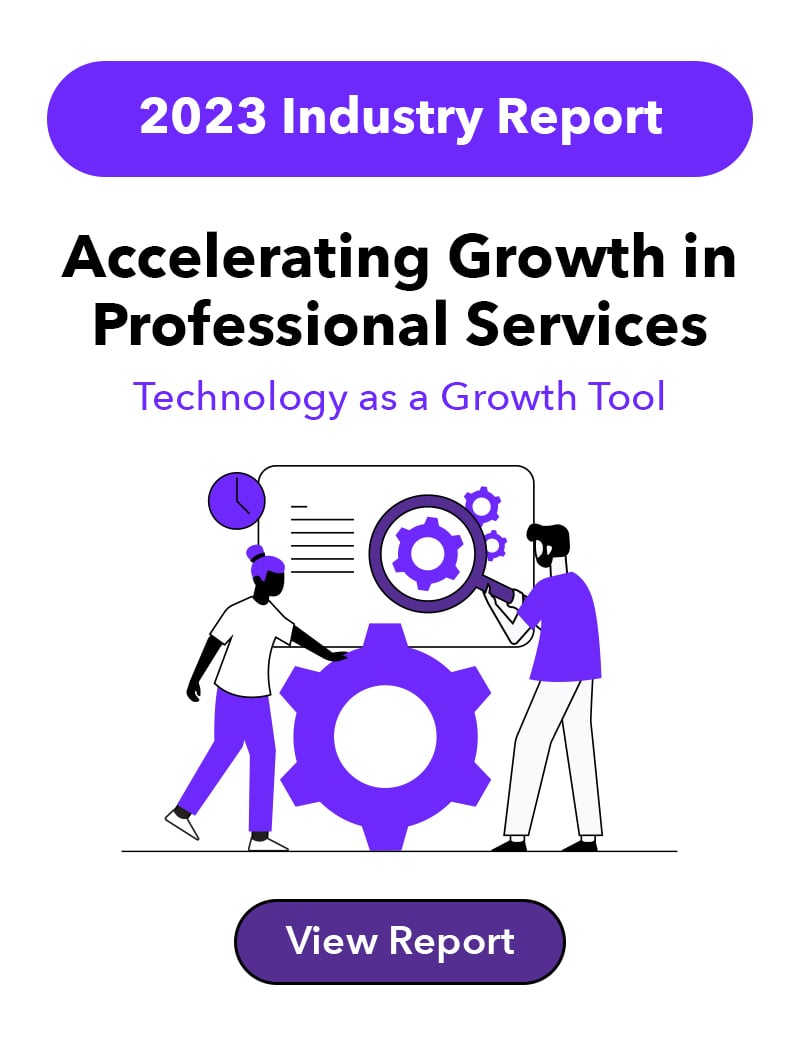Data silos are what happens when your organization has all the information it could ever need, but the right people within your organization don’t.
The sheer volume of data available can make the task seem overwhelming, but correctly managing it significantly impacts a company's effectiveness and efficiency. In fact, Gartner cites data analytics as the top technology to elevate organizations.
In this article, we will explore what data silos are, the risks they pose, and how data enablement can help create a more cohesive data system.
What is a Data Silo?
A data silo is a situation where data is isolated within specific departments or teams within an organization. This isolation means that the data is not easily accessible to others, and it often exists in a format that is incompatible with the systems used by other departments.
As a result, the data remains underutilized and can lead to inefficiencies and inaccuracies in decision-making processes.
From a study conducted by Experian, it was found that 69% of companies claim that data management initiatives are only happening within individual departments, with only a handful of these initiatives extending company-wide.
This disconnect between departments exacerbates the accuracy issue and leads to inefficiencies in departmental strategies. Moreover, silos can destroy morale, making teams feel like they are fending for themselves when trying to find the data resources they need.
When teams are in the dark, the people they serve can feel that pain as well.
Take healthcare for example. A research team discovers a correlation between certain genetic markers and a rare cancer type, information that could be used as an early warning trigger for preventative treatment. However, due to data silos, this valuable insight remains isolated within the research department, delaying other medical teams from applying it.
Time lost, especially in medicine, can mean lives lost.
In professional services firms, though the risks aren’t fatal, the disconnect between data systems can negatively impact your clients’ experience. From an inconsistency in information they receive, longer wait times on deliveries, and less time available to them due to the inefficiencies that exist in non-client facing parts of the firm, silos have a bit impact.
The Risks of Data Silos
The impact of data silos on an organization is tangible and multifaceted. Here are some of the key risks associated:
1. Duplicated Efforts
When teams are unaware of the data resources available in other departments, they may create redundancies that duplicate efforts, wasting time and resources.
2. Incongruent Data Points
Data silos often result in inconsistencies in data interpretation and analysis. Different departments may have varying versions of the same data, leading to conflicting information and decision-making challenges.
3. Perceived Shortage of Resources
Data silos can give the impression that an organization has fewer resources than it actually does. Teams may request additional resources or budget allocations unnecessarily due to a lack of visibility into existing assets.
4. Lack of Alignment on Company Initiatives
With data scattered across departments, it becomes difficult to align on company-wide initiatives. Each department may be pursuing its own goals without a clear understanding of how they fit into the broader organizational objectives.
How Data Enablement Creates a More Cohesive Data System
Data enablement - the strategic management and sharing of data resources - is the solution to breaking down data silos. Creating a more cohesive data system within your organization will make information accessible, usable, and valuable for all teams.
Here's how data enablement can address the challenges of data silos:
1. Centralized Data Catalog
The fundamental function of data enablement is a centralized catalog of data resources available within an organization.
This catalog is more than just lists of credentials; it serves as a blueprint for intuitive action plans that can be executed across departments. With a comprehensive data catalog, teams can quickly identify and access the data they need.
2. Enhanced Collaboration
By breaking down data silos, data enablement fosters collaboration among departments. Teams can leverage each other's data to make more informed decisions and identify opportunities for synergy. This collaborative approach leads to more efficient and effective strategies.
3. Consistency and Accuracy
Data enablement promotes consistent data management practices, ensuring that data is accurate, up to date, and compliant with industry standards. This consistency minimizes data inconsistencies and supports better decision-making.
4. Alignment on Company Objectives
With data enablement, all departments have a clear view of the organization's objectives and can align their efforts accordingly. This alignment ensures that everyone is working toward common goals, reducing the risk of pursuing conflicting or redundant initiatives.
A Data-Enabled Organization Can Always Break Silos Down
Data silos can hinder an organization's performance, leading to inefficiencies and inaccuracies in decision-making. Data enablement is the key to eliminating these silos, centralizing data resources, and promoting collaboration and alignment within the organization. By implementing data enablement practices, businesses can unlock the full potential of their data and make more informed, data-driven decisions.
Don't let those silos lock up the potential of your data. Download the Data Enablement 101 eBook to learn more about how to break down data silos for good.
 Nov 7, 2023
Nov 7, 2023
.jpg)



